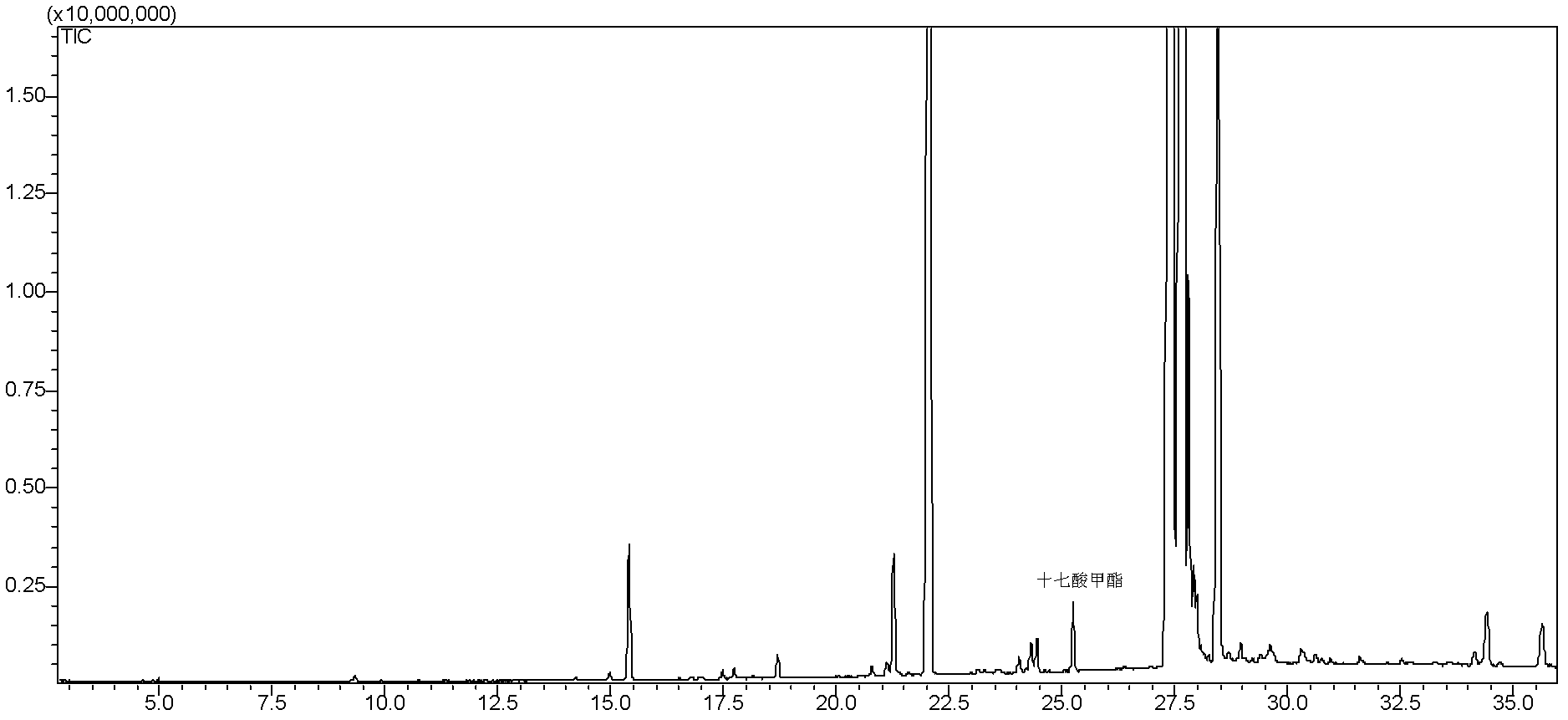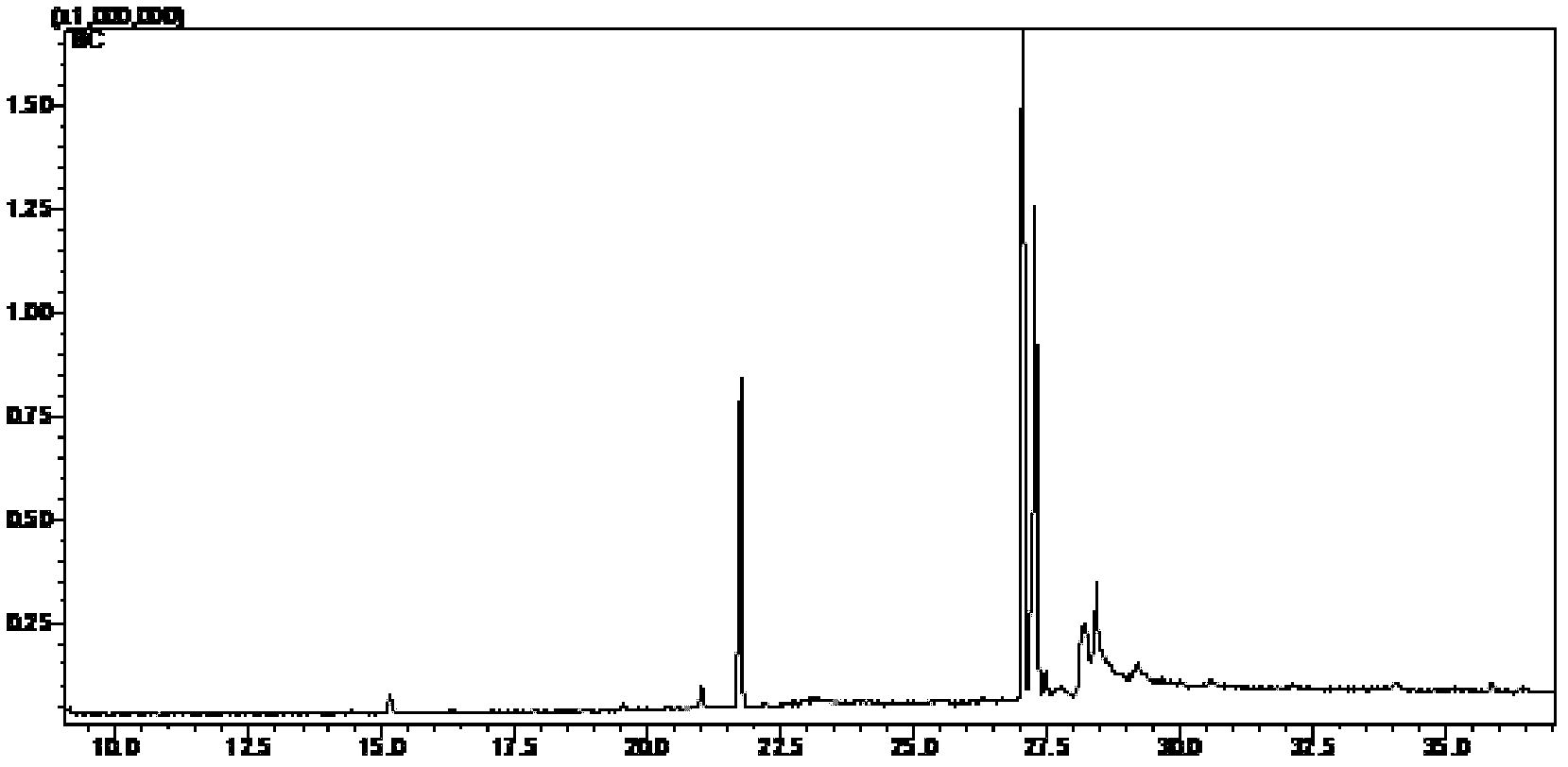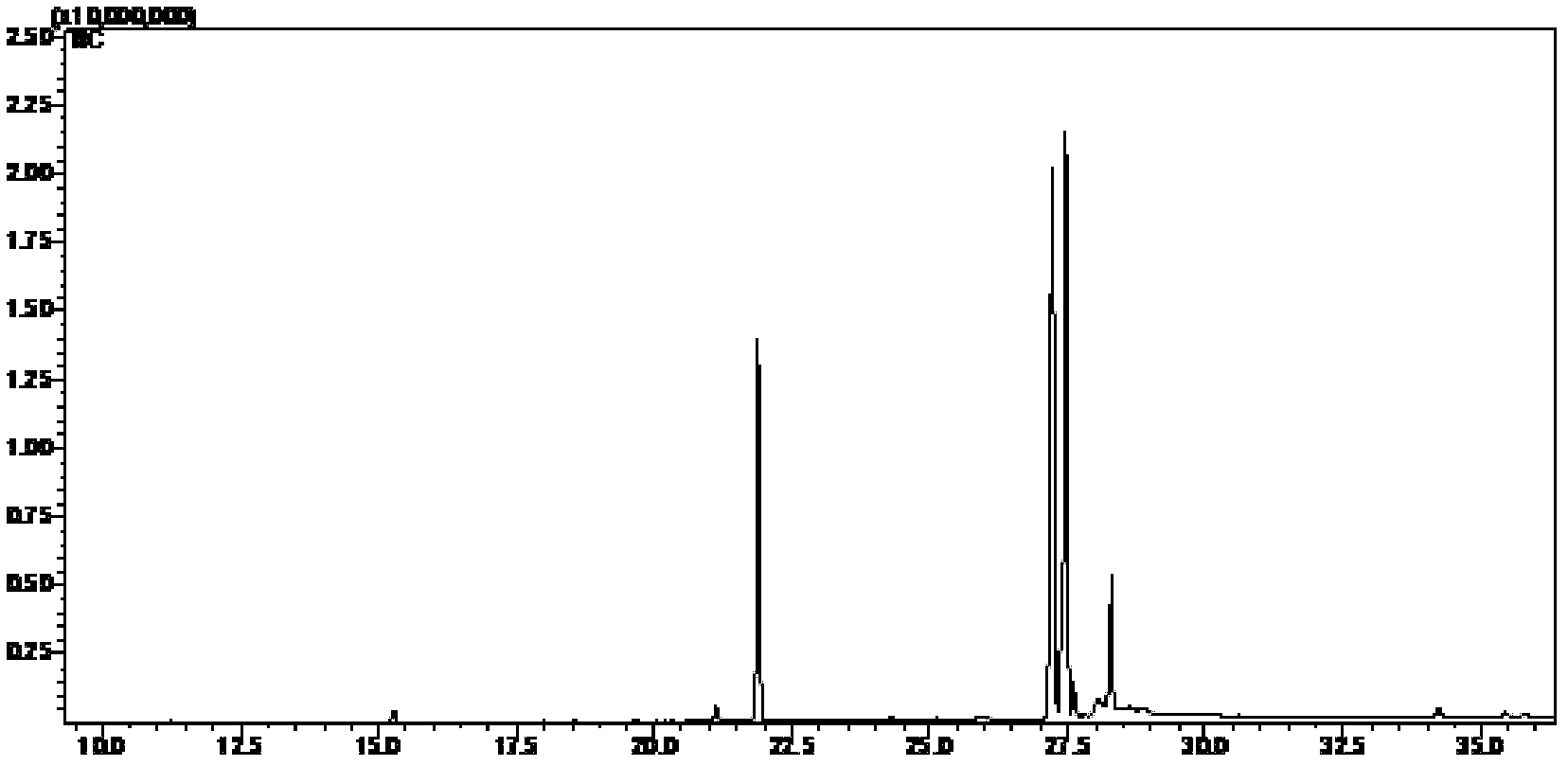Identification method for illegal cooking oil
A technology for waste oil and grease, applied in the field of waste oil identification, can solve the problems of difficulty in popularization, can only be qualitative, expensive instruments, etc., and achieve the effects of high instrument penetration, strong reproducibility and moderate price.
- Summary
- Abstract
- Description
- Claims
- Application Information
AI Technical Summary
Problems solved by technology
Method used
Image
Examples
Embodiment Construction
[0046] The hygienic indicators in the hygienic standards for edible vegetable oil and other oils reflect the basic characteristics of edible finished oils, and can only judge the quality of oils and fats. Using hygienic indicators as direct evidence for judging waste edible oils is very one-sided and is not conducive to the implementation of the law. Food hygiene supervision. At the same time, the sources of waste edible oils and fats are complicated, such as frying oil, gutter oil, etc. In actual work, it is impossible to test the samples after distinguishing their sources. Therefore, the identification indicators must have relatively universal applicability and operability. Based on the above In principle, the present invention accounts for the mass fraction of fatty acid total amount as the standard of detection waste oil with seventeen acid in oils and fats.
[0047] Heptadecanoic acid, CAS number: 506-12-7, seventeen acid, English name: Heptadecanoic acid. It is a satura...
PUM
| Property | Measurement | Unit |
|---|---|---|
| Column length | aaaaa | aaaaa |
| The inside diameter of | aaaaa | aaaaa |
| Thickness | aaaaa | aaaaa |
Abstract
Description
Claims
Application Information
 Login to View More
Login to View More - R&D
- Intellectual Property
- Life Sciences
- Materials
- Tech Scout
- Unparalleled Data Quality
- Higher Quality Content
- 60% Fewer Hallucinations
Browse by: Latest US Patents, China's latest patents, Technical Efficacy Thesaurus, Application Domain, Technology Topic, Popular Technical Reports.
© 2025 PatSnap. All rights reserved.Legal|Privacy policy|Modern Slavery Act Transparency Statement|Sitemap|About US| Contact US: help@patsnap.com



